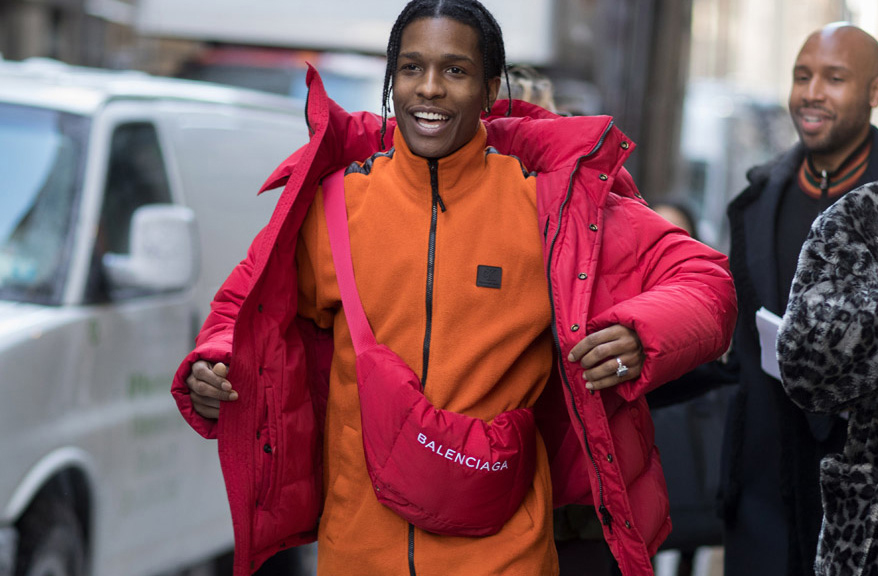Almost 30 years ago, streetwear was just beginning to be a thing. A full history would entail a long list of names and contributions, but Shawn Stussy would likely be the first name of that list. He is considered the pioneer of streetwear when in 1981, he printed “Stussy” on Hanes t-shirts to promote his surfboards as part of a three-day tradeshow. He sold significantly more t-shirts (1,000) than surfboards (24).
Since then, streetwear has been evolving to lucrative new heights. But the psychology behind what streetwear represented 30 years ago and now has certainly changed. While many have traditionally related streetwear to a subculture - referring to the skateboarding, surf, graffiti and hip-hop worlds, those formerly underground activities are now sufficiently mainstream. They used to be tied to notoriety, rebellion and various youth movements. Streetwear was always a ‘side-hustle’ - referring to independent brands that are not run by investors, and don’t appear on the runway. The thing is, streetwear is no longer just worn by skaters, surfers and hip-hop heads. Thirty years ago, sneakers and a printed t-shirt would be acceptable garb for very few occasions. But today, as long as the streetwear is “elevated” – think a Louis Vuitton x Supreme FW17 full look – it’s become more than acceptable. Today, fashion-level streetwear seems to be for everyone. In light of its evolution, does streetwear still represent a subculture? And how did what once were opposites (high fashion and streetwear) become increasingly synonymous?
Photo: Wu-Tang/Facebook.com
It could because hip hop for example, is one of the most-popular genres today and has a close relationship with fashion. Rappers love status-yielding luxury mixed with streetwear and sneakers, so perhaps the lines became blurred at one point in the 00s. Of course, we can’t forget Instagram, the most popular platform in the fashion industry. Instagram also helped put streetwear and fashion brands at a similar level. While it was previously impossible to see a streetwear ad in a printed edition of Vogue, now, we can see everything together in a feed. The perception of fashion itself has changed.
But while any brand can create their own take on streetwear regardless if they pay respects to its origins, (streetwear staples such as logo sneakers, printed t-shirts, hoodies, caps and jeans are fairly easy to design), what makes it legit? If streetwear has a constant, it might be an inclusive mentality: allowing everyone to take inspiration from everything (even fashion brands like Stussy did in 1984 with the Chanel logo) and letting everyone be a part of it – the opposite of the closed-doors feel of the fashion industry. What fashion brands are doing today is what streetwear has been doing since forever – embracing the world’s contrarians. Ultimately, it’s up to you, the consumer, to decide who did it best.
No street-cred? No problem.
Today, the idea of a subculture is a romanticized notion, rather than a reality. There are OG streetwear devotees who criticize those newbies who have adopted the high-fashion version of the trend, and there are people who just wear whatever they want no matter what others say or think. Ironically, it’s the latter that captures the essence of streetwear – not really giving a fuck. If you feel in alignment with something, you should wear it. The freedom to express yourself on a daily basis is streetwear.















In the world of post-pandemic dressing, one word has taken social media by storm: cheugy (pronounced: chew-gee). In the worlds of fashion and lifestyle, cheugy describes a look, a thing or a person that’s considered out of date.